
cd_nom
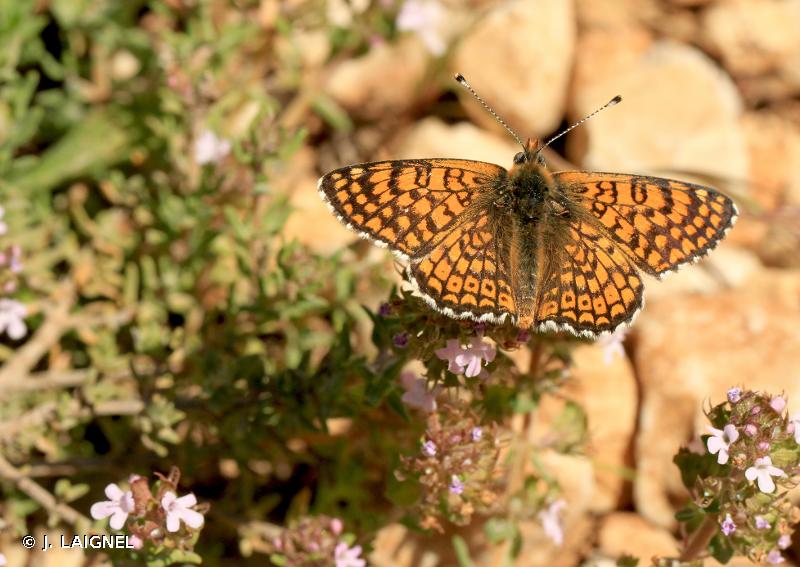
| Author : J. LAIGNEL |
 |
To get the picture, please visit:
Julien Laignel
Chargé de mission SNB - SPN/MNHN
4, avenue du Petit Château
91800 BRUNOY
Tel.: 06.10.68.23.36
Mail: julien.laignel@9online.fr
Despite the Creative Commons license, please inform the author of the use which will be made of his photo
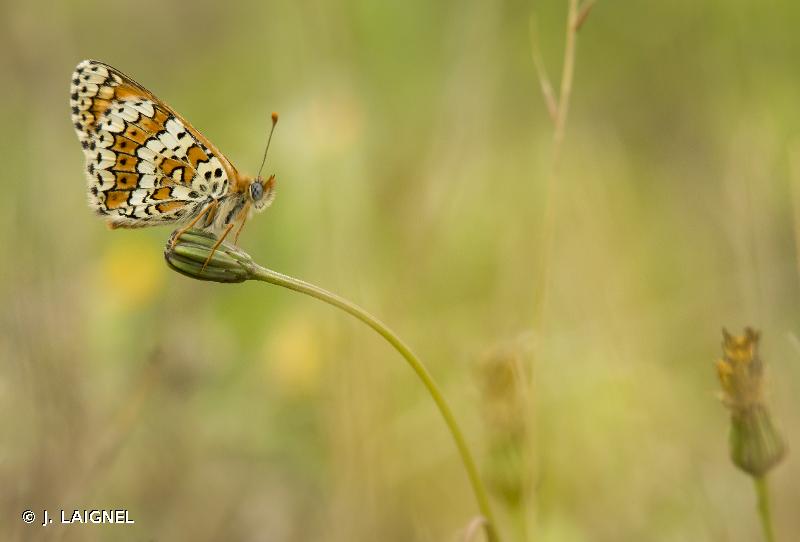
| Author : J. LAIGNEL |
 |
To get the picture, please visit:
Julien Laignel
Chargé de mission SNB - UMS2006-PATRINAT/MNHN
4, avenue du Petit Château
91800 BRUNOY
Tel.: 06.10.68.23.36
Mail: julien.laignel@9online.fr
Despite the Creative Commons license, please inform the author of the use which will be made of his photo
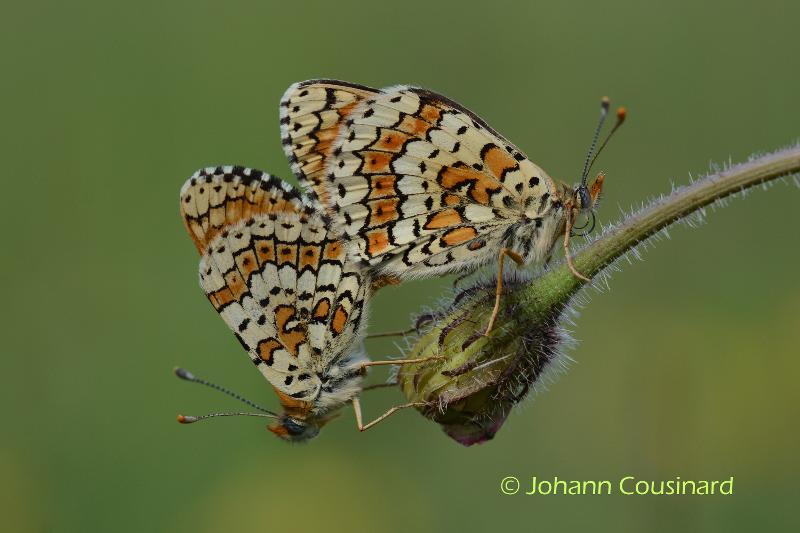
| Author : Johann Cousinard |
 |
To get the picture, please visit:
Johann Cousinard
www.johanncousinard.fr
email : johann_cousinard@yahoo.fr
Despite the Creative Commons license, please inform the author of the use which will be made of his photo
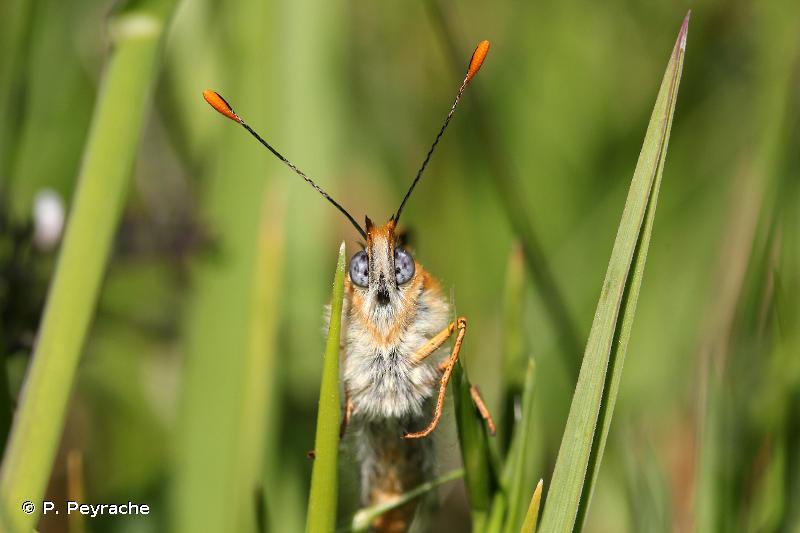
| Author : P. Peyrache |
 |
To get the picture, please visit:
pascaldgp@yahoo.fr
Any reuse of one or more photographs on this site is subject to an authorization request from the author.
Link to the Code of Intellectual Property (Legifrance)
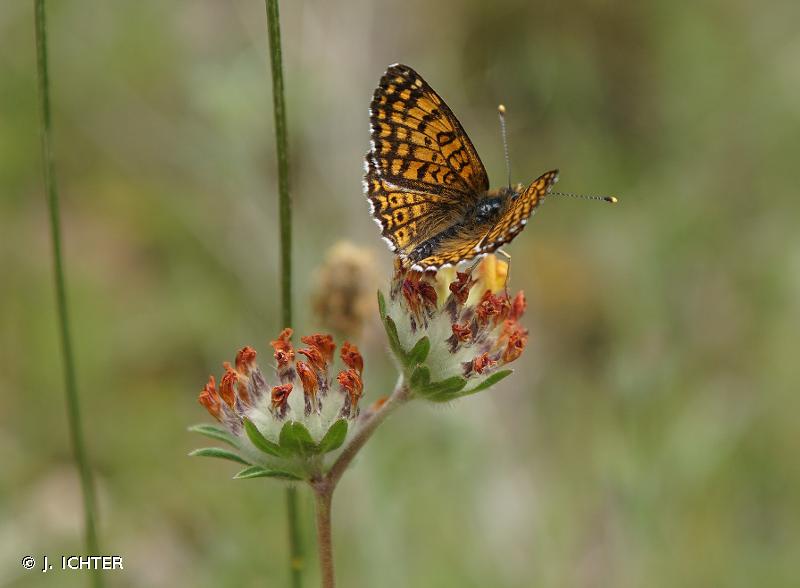
| Author : J. ICHTER |
 |
To get the picture, please visit:
inpn@mnhn.fr
Any reuse of one or more photographs on this site is subject to an authorization request from the author.
Link to the Code of Intellectual Property (Legifrance)
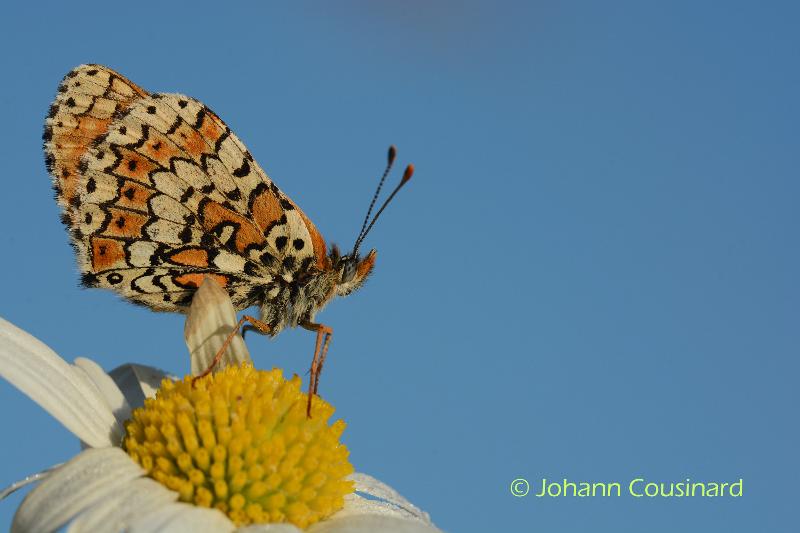
| Author : Johann Cousinard |
 |
To get the picture, please visit:
Johann Cousinard
www.johanncousinard.fr
email : johann_cousinard@yahoo.fr
Despite the Creative Commons license, please inform the author of the use which will be made of his photo
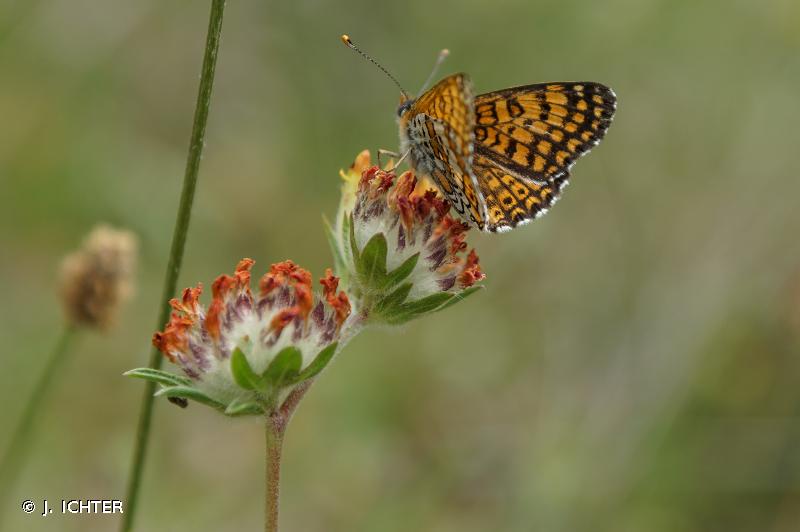
| Author : J. ICHTER |
 |
To get the picture, please visit:
inpn@mnhn.fr
Any reuse of one or more photographs on this site is subject to an authorization request from the author.
Link to the Code of Intellectual Property (Legifrance)
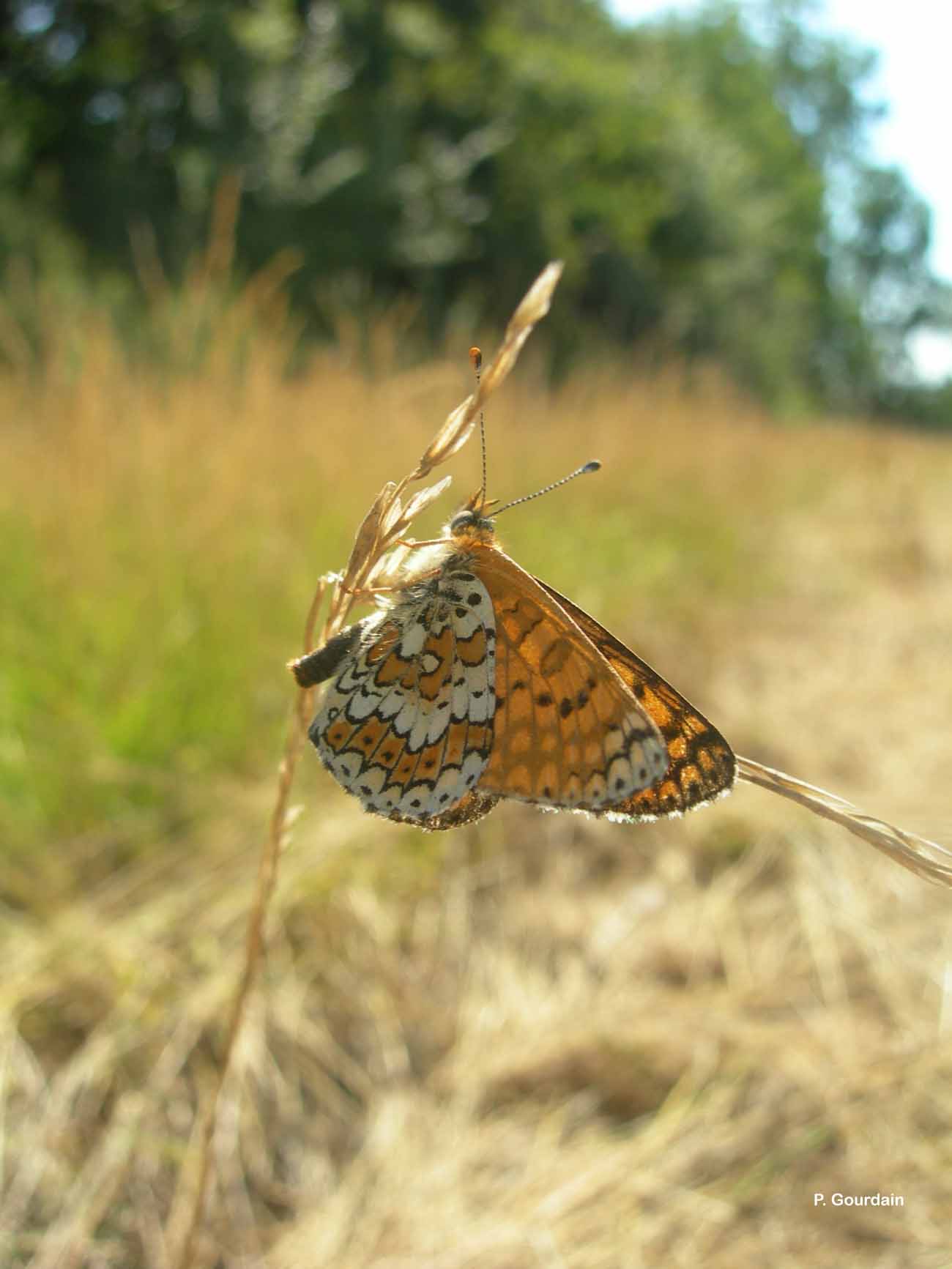
| Author : P. Gourdain |
 |
To get the picture, please visit:
Philippe GOURDAIN
Muséum national d'Histoire naturelle - Service du Patrimoine Naturel
36 rue Geoffroy Saint-Hilaire
CP 41
75 231 PARIS CEDEX 05
e-mail : inpn@mnhn.fr
Legend: Mirabel-et-Blacons
Despite the Creative Commons license, please inform the author of the use which will be made of his photo
Taille :
Adulte : 33 - 40 mm
Diagnose :
Papillon de couleur fauve orangé clair avec des rangées rouge orangé bordées de noir. Le dessous de l'aile postérieure est de couleur blanc crème avec des bandes rouge orangé et des rangées de points et de lunules noires. La présence de points noirs dans la bande submarginale orange de l'aile postérieure est caractéristique de l'espèce et visible sur les deux faces. La chenille est noire avec des épines noires et une tête rouge.
Détermination :
L'adulte est moyennement difficile à reconnaître.
Espèces proches :
Elle peut être confondue avec les autres Mélitées. Elle se distingue par la présence de points noirs dans la bande submarginale et par la forme concave du bord interne des lunules noires de l'aile postérieure.
Période d'observation :
L'adulte est visible de mai à octobre.
Biologie-éthologie :
La Mélitée du Plantain réalise deux cycles par an sauf en altitude où une seule génération est possible. Les chenilles se nourrissent principalement des feuilles du Plantain lancéolé mais elles peuvent également sur développer sur des Centaurées ou des Véronique. La femelle pond par groupes de 30 à 300 œufs blanchâtres sur les feuilles de la plante hôte.
Biogéographie et écologie :
La Mélitée du Plantain est une espèce eurasiatique présente du nord de la péninsule ibérique au sud de la Scandinavie et en Asie tempérée jusqu'au Mongolie. Elle se reproduit dans les lisières de forêt, les prairies, les pelouses et les friches agricoles. Elle vole du niveau de la mer jusqu'à 2°500 m d'altitude.
D'après
Bellmann, H. (trad. Luquet, G.), 2013. Quel est donc ce papillon ? Les guides Nathan. Paris. 449 p.
Doux Y., Gibeaux C., 2007. Les papillons de jour d'Île-de-France et de l'Oise. Biotope, Mèze. Muséum national d'Histoire naturelle, Paris. 288 p.
Lafranchis, T., Jutzeler, D., Guilloson, J.-Y., Kan, P., Kan, B. 2015. La vie des papillons. Editions Diatheo. Montpellier. 751 pp.
Lafranchis, T. 2016. Papillons de France. Editions Diatheo. Montpellier. 351 pp.
J. Ichter(),2019
Continental
Metropolitan France
Overseas
Marine
Metropolitan France
Overseas
The map presents a summary at the 10 x 10 km grid of the observation data for the species transmitted to the SINP. These data have been subjected to validation filters.
The map presents a reference distribution layer of the species at the scale of departments and marine sectors. The presence and absence data were established by expertise within a network of partners. This reference distribution is used in the validation process of the SINP data at the INPN level.
Corresponds to a report on the basis of at least one observation proved within a period of 10 years (20 years for little-known invertebrates) preceding the year and no presumption of extinction since obtaining the last data nor doubt on reproductive and implemented nature of this population. For migratory species, the presence indicated concerns areas of reproduction.
This status is based on one or more of the following criteria:
This point covers the absence, more difficult by nature to demonstrate than presence. This status is based on one or more of the following criteria:
This status must be assigned to a department in which the presence of the species is casual.
Particular case of absence due to a proven extinction less than a half century ago (older disappearances are treated as "no probable or definite").
In the state of knowledge, we can not comment on the presence or absence in the current department. This is the default status when not comprised in one of the previous categories or whenever there is doubt.
The map shows the global distribution of the species based on GBIF data (Global Biodiversity Information Facility).
